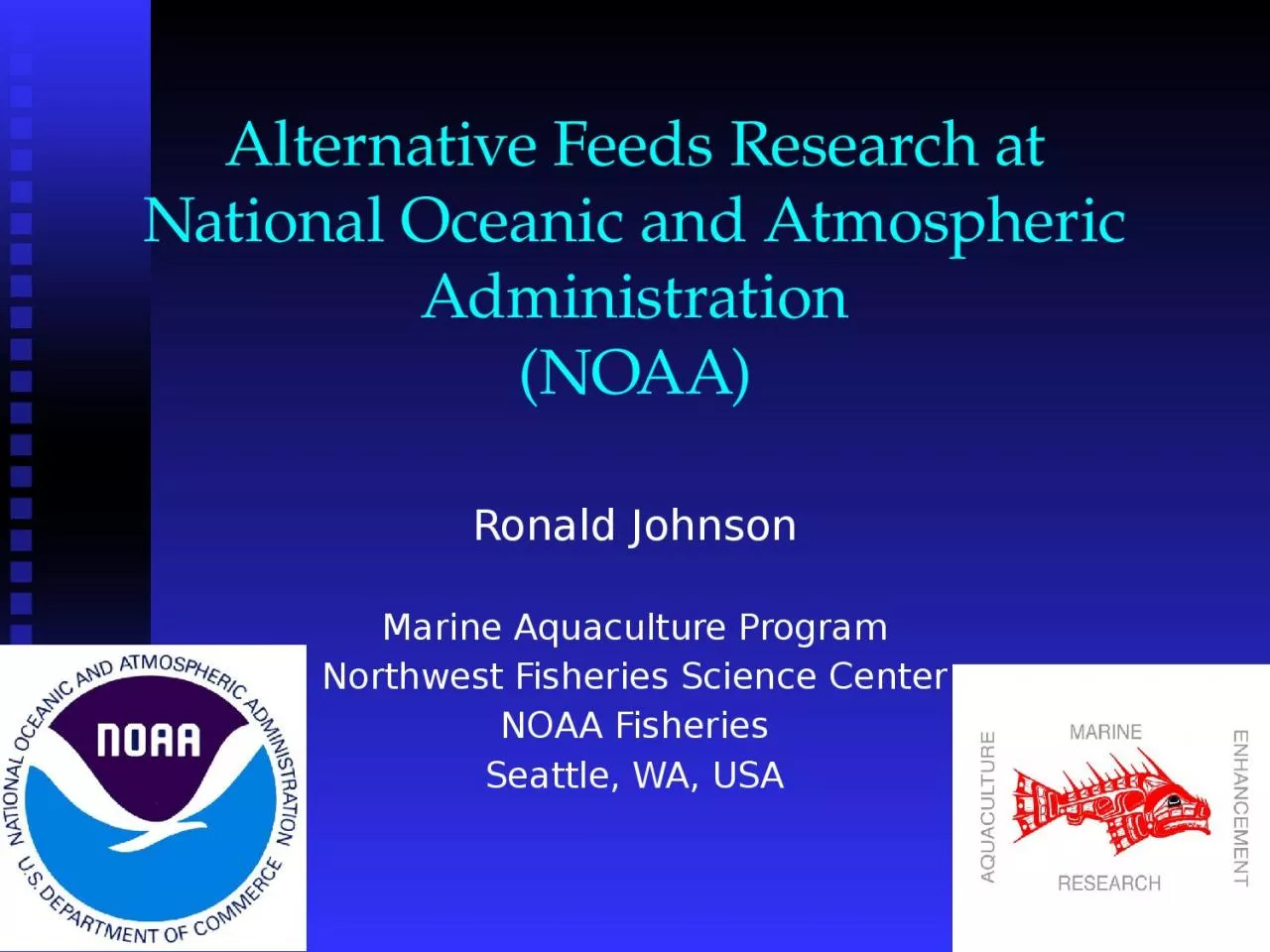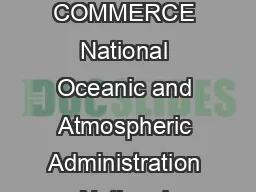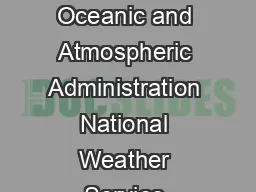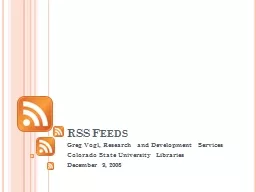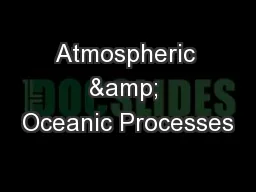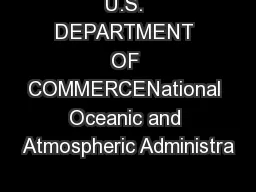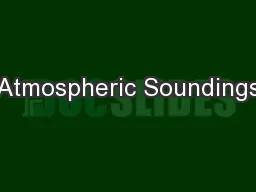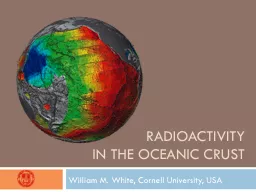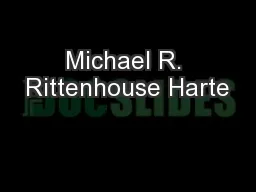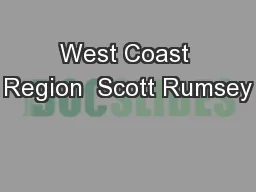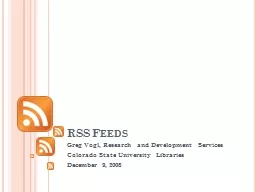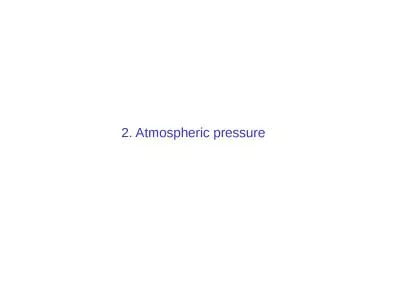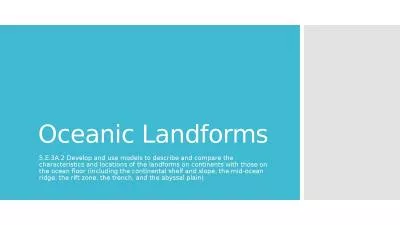PPT-Alternative Feeds Research at National Oceanic and Atmospheric Administration
Author : josephine | Published Date : 2024-02-09
NOAA Ronald Johnson Marine Aquaculture Program Northwest Fisheries Science Center NOAA Fisheries Seattle WA USA World Fisheries Capture vs Aquaculture Rising demand
Presentation Embed Code
Download Presentation
Download Presentation The PPT/PDF document "Alternative Feeds Research at National O..." is the property of its rightful owner. Permission is granted to download and print the materials on this website for personal, non-commercial use only, and to display it on your personal computer provided you do not modify the materials and that you retain all copyright notices contained in the materials. By downloading content from our website, you accept the terms of this agreement.
Alternative Feeds Research at National Oceanic and Atmospheric Administration: Transcript
Download Rules Of Document
"Alternative Feeds Research at National Oceanic and Atmospheric Administration"The content belongs to its owner. You may download and print it for personal use, without modification, and keep all copyright notices. By downloading, you agree to these terms.
Related Documents

